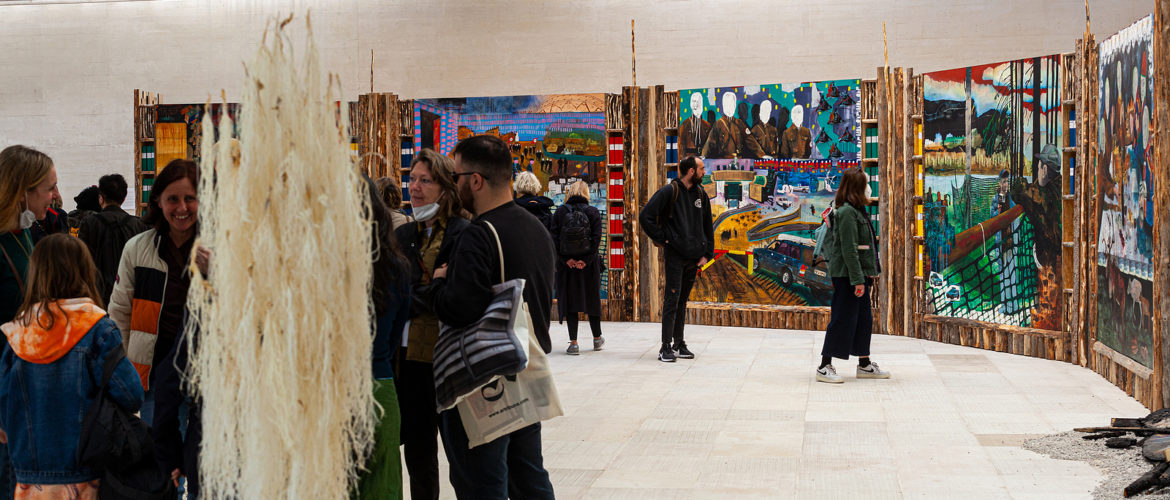Indigenous Artists at the Venice Biennale: Anders Sunna

The Venice Biennale is known for its national pavilions that focus on representing artists from different parts of the world. Among them is the Nordic pavilion, which traditionally features works by artists from Sweden, Norway, and Finland. Despite the fact that this pavilion has a long history, in 2022, it was for the first time that all of its exhibitors were indigenous artists. One might even call it the “Sámi Pavilion,” as the Northern part of the globe was exclusively represented by people from the Sámi ethnic group. All of them presented original works that examined the issues of colonialism, displacement, and identity in their own way. Today, let’s focus on Anders Sunna, an artist and a deer herder from Sweden, who uses his art to tell the story of his family’s struggle for their rights.
Indigenous Artists at the Venice Biennale: Anders Sunna
Anders Sunna belongs to the semi-nomadic ethnic group Sámi who largely live in the region formerly known as Lapland. Some of them still live in the rural areas of Norway, Sweden, Finland, and the Kola Peninsula in Russia and make their living by herding deer. It is an ancient tradition that the Sámi have practiced for centuries. Currently, less than 10% of the Sámi are deer herders. Unfortunately, due to modern governmental policies, this group is at risk of losing their rights to herd. Anders Sunna decided to bring this issue to the global arena, and what better way to do it than by being accompanied by other talented indigenous artists?
Anders’ large-scale collages relay the history of his family’s conflict with the Swedish government. Each of the six pieces is framed by wooden casings with shelves containing around 10,000 copies of legal documents that the Sunna family has collected throughout 50 years. The paintings are heavily inspired by the Sámi culture and incorporate traditional symbols. Anders also included a sonic landscape — the recordings from the court trials and interviews — making his part of the exhibition an immersive multimedia art piece.
Historically, indigenous artists are under-represented in art spaces around the world. It is wonderful to see such big and important events like the Venice Biennale highlighting the talent of marginalized backgrounds.
